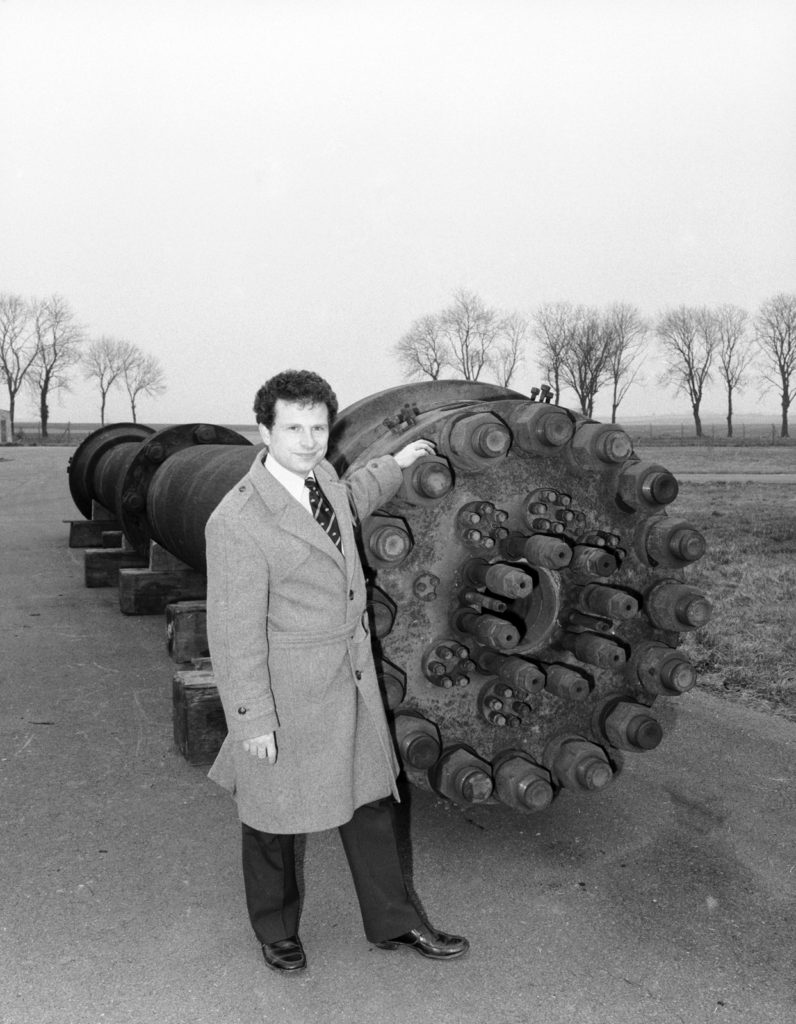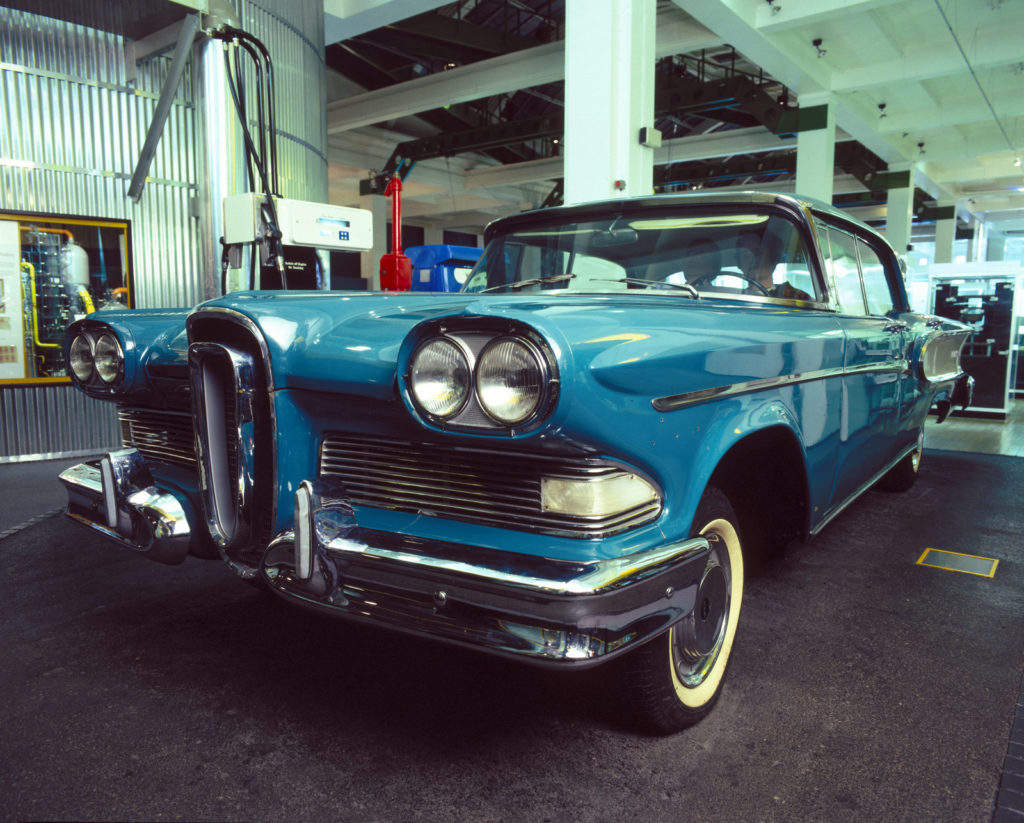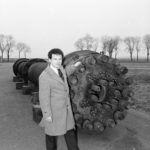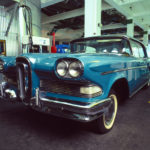Festschrift: Ways of curating: introduction to a mini-festschrift in honour of Robert Bud
Article DOI: https://dx.doi.org/10.15180/201312
Keywords
Curating, Festschrift, Robert Bud
Ways of curating
https://dx.doi.org/10.15180/201312/003We rarely stop to consider individual styles of museum curating. People are appointed to jobs and get on with the work given to them. Some appointees will move on to different careers, but those who stick with the profession will develop a career’s worth of curatorial experience, gaining scope for creative control of their professional practice as they become more senior. It is probably only when we make the case for promotion into new roles that we articulate how our experience and beliefs make us suitable to do specific work within curation. But a retirement from full-time paid curatorial employment does offer the opportunity to consider the shape and emphases of a career, and this is the opportunity that we seize here with this mini-festschrift devoted to the career of Robert Bud. In so doing, we contribute to the reflective practice strand that we like to encourage in the Science Museum Group Journal. For the sake of those of us employed in heritage organisations, such reflective writing can help us to compare, understand, communicate and modify our own practice. For our friends in the universities, it may assist in building the mutual understanding between the two sectors on which good future research collaborations will be built.
We rarely stop to consider styles of museum curating, but in the preparation of this collection of articles we have had the opportunity to do so in Robert’s case, and it is clear that his mode has been very particular. It is difficult to think of other curators in science museums who have so energetically pursued academic research and writing as Robert has; his publication record of major books and articles would be no disgrace to a highly productive full-time university-based academic. These include such definitive works as The Uses of Life: A History of Biotechnology (1994), Penicillin: Triumph and Tragedy (2007) and Instruments of Science: An Historical Encyclopedia (edited with Debbie Warner, 1998). But the fact is that Robert’s curatorial practice has been equally energetic. He was a ‘hungry’ collector, especially in his years as one of the Science Museum’s chemistry curators in the 1980s. He was keen to ensure that the chemical industry was well represented in the nation’s collection. And this wasn’t simply a matter of acquiring ‘icons’ such as, famously, the Haber-Bosch reaction vessel for the synthesis of ammonia, which now sits, monument-like, in a field at our National Collections Centre in Wiltshire.

No, Robert was alert to the ways in which the contents of closing down industrial research laboratories and production plants could be collected to represent styles of research practice that the Museum ought to represent, including a 3,000-gallon wooden vat used in the manufacture of Kromaline (sulphonated fish oil for treating dried leather) from ICI Blackley Works, and a compressor from the Solvay Soda Works, Winnington. The collecting he did while working on the Uses of Life, including unique and experimental fermenters, have left future curators with a magnificent material legacy of a key technology of our era. This was collecting alongside events, as Robert managed to establish our biotechnology collection in the 1980s – almost at the same moment as modern biotechnology itself was launched. This enabled the Museum to acquire such seminal objects as the ‘oncomouse’ (see Alison Boyle’s article in this issue), which was the first patented animal, two examples of which sit freeze-dried in the Making the Modern World gallery, and the prototype polymerase chain reaction (PCR) machine for gene amplification from the Cetus Corporation in California.
Robert was also responsible, in the 1980s, for three distinctive interventions in display technique with his galleries on Petroleum (1983), Plastics (1985) and the Chemical Industry (1986). Each of these was not simply a collection display, but a vehicle for experiments in display narrative and language, each fed by his historical reinterpretations.

Promoted to Keeper, in the 1990s he was able to open the door to a more academic model of curatorship for the wider curatorial team, when he won the argument that doctoral study was a good route to professionalising curatorial practice. This enabled six colleagues to undertake doctoral study, including the current author. At the same time he continued to send out the invitations for the Museum’s seminar programme (latterly with Imperial College’s Centre for the History of Science, Technology and Medicine), which saw presentations by all the major figures in science studies at the time. The first decade of the current century, against the background of a series of different Science Museum directors with differing priorities, saw Robert dive with élan into the new waters of online museology, leading on three sites that were definitive in their time: Ingenious, Making the Modern World and Brought to Life.[1] In his final Museum decade he was able to work, via two AHRC fellowships, on a summative book on the history of the idea of applied science, bringing together many of his career-spanning concerns. The co-edited volume Being Modern: The Cultural Impact of Science in the Early Twentieth Century (2018) was an early fruit of this endeavour.
There is a kind of science public intellectual – Julian Huxley or Jacob Bronowski perhaps – whose self-imposed exiles from the universities led them to develop and pursue rather idiosyncratic views of science. I make two observations in relation to Robert’s case. First, he too has pursued very distinctive interpretations of the history of science and technology, including his analysis of the roots of biotechnology or the semiotic status of wonder drugs such as penicillin. His work is always in pursuit of a more interesting explanation. But, second, Robert has done this very much as a ‘back room boy’, never seeking the celebrity status craved by those other two individuals. Instead, he has tried to provoke the Museum to work in a different register by developing new kinds of narratives of science and technology, narratives that are based on thinking hard about the place of material culture within the stories of science. You might say that his mode has been that of the ventriloquist, helping the Museum to speak in unaccustomed voices.
Many curators primarily work up from the collections they inherit; Robert’s instinct has always been in the opposite direction; his approach has been to work down from the historical reality as he constructs it to the objects that may represent it. That is what made him such an acquisitive curator; he was, in his academic work, developing a sense of the major narratives of modern science, and that led him to make sure that those areas were well represented in the collections. He went from the research to the curatorial practice. Studying the pervasiveness of penicillin, for example, he learned that a cosmetics company had once marketed a penicillin lipstick. Of course, Robert couldn’t rest until he was able to add to the collection a lipstick that purported to be one such. He was tickled, I think, that it was impossible to tell whether or not it did contain the drug. And here’s the point: it was the story that mattered; he understands that ascriptions of authenticity only make sense within narratives, but that narratives are flexible, alterable things. Curatorial practice must, it follows, use exhibitions to convey new stories about science, use collecting to enable a great multiplicity of stories to be told, and use research constantly to worry-away at the relationship between the two. It must constantly travel between the extremes of the parachutist’s view and the instinct of the truffle-hunter and back again (a metaphor from Le Roy Ladurie that Robert will tease me for using once again (Boon, 2018)).
No short selection of articles can truly respond to the richness and complexity of a 40-year career. All the same, the four articles presented here sketch-out the work that a festschrift should do. A festschrift – ‘a collection of writings in honour of a scholar’ (OED) – was originally a German tradition, and that also seems fitting for someone who has always brought an international perspective to his work here at the Science Museum in London. Our process was to ask Robert to reflect on some of his career stages and to propose a colleague who might have something interesting to say. As it happens, the four essays nicely complement each other, bringing differing facets of Robert’s concerns in turn to light. Alison Boyle’s article on contemporary collecting marks her out as a curator who has drunk at the same well as Robert in her acquisitions. Helmuth Trischler reveals a career-long collaboration with Robert in building the international networks that have enabled like-minded curators to spread good practice linking academic and curatorial concerns across continents. Principal among these was the Artefacts consortium, which has recently passed its 23rd birthday. Meanwhile, Bernadette Bensaude-Vincent and Jeffrey Sturchio speak to the scholarly side of Robert’s enterprise, with, respectively, a Gallic commentary on his historical etymology of ‘applied science’ and a partner piece on industrial research, taking Kodak as a case study.
Writing this brief reflective introduction makes me realise to what a large extent the stimulus of working with Robert over three decades (with each of us in turn taking-up the boss role, always in a spirit of friendship mixed with enjoyable mutual challenge) has provoked my own sense of what constitutes good curatorial practice. I too am a curator committed to the parallel and connected practice of research and curatorship. I owe that, at least in large part, to his comradeship.




